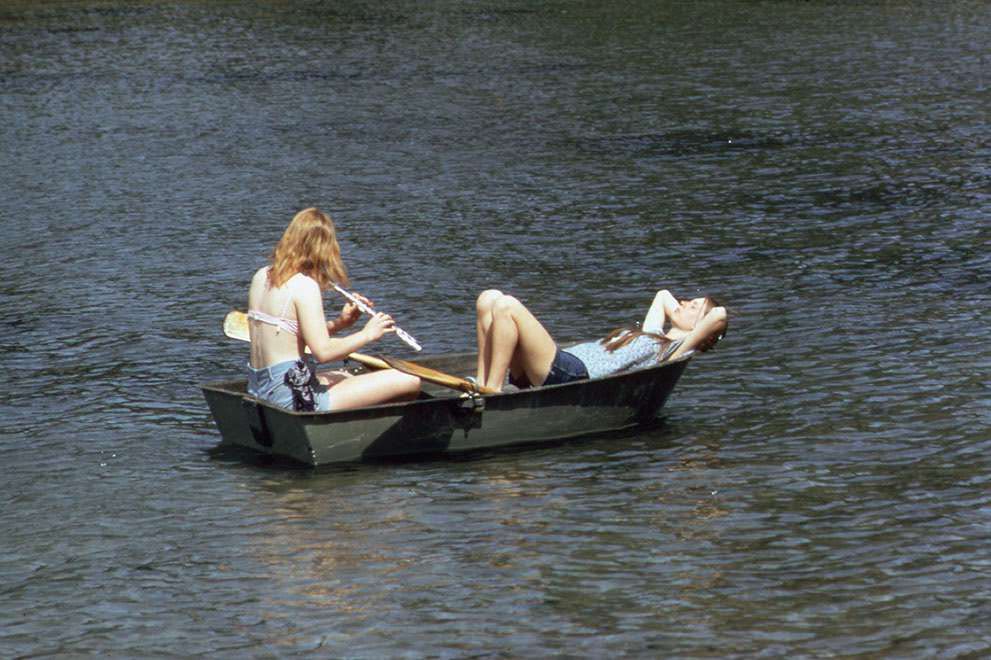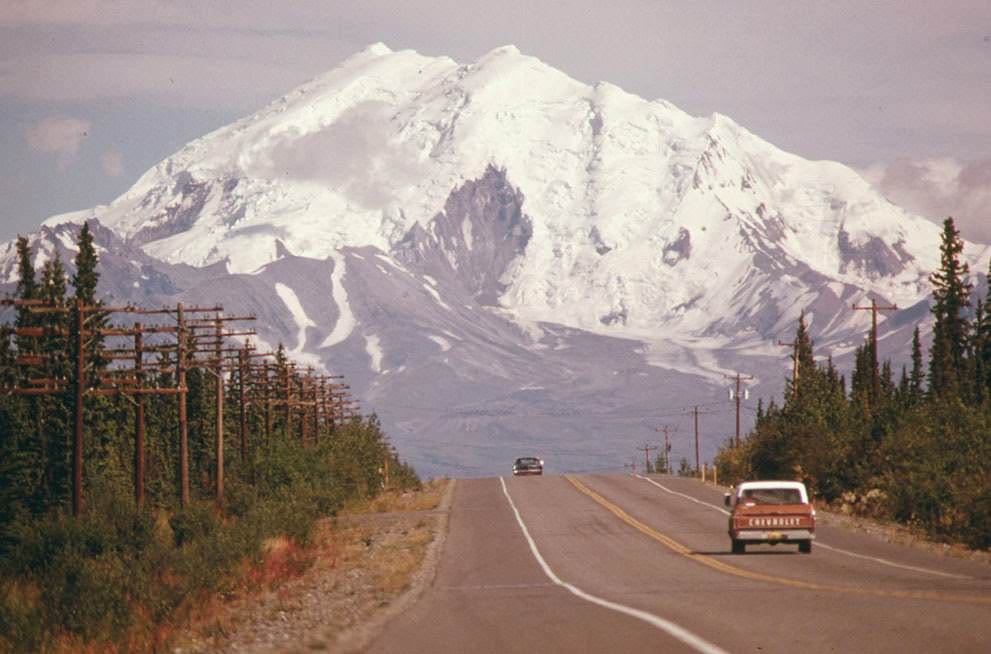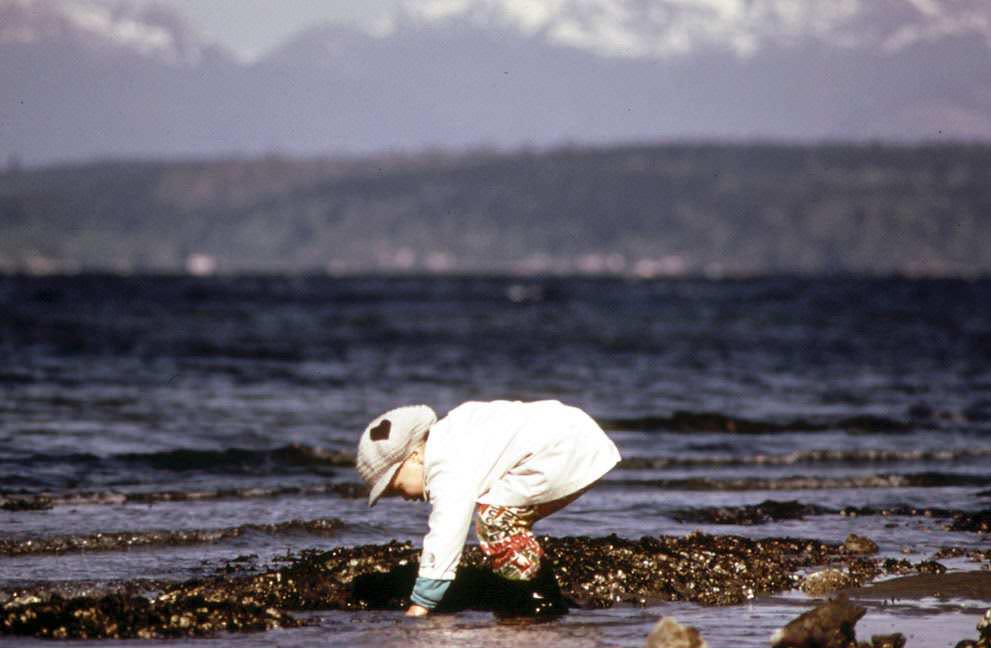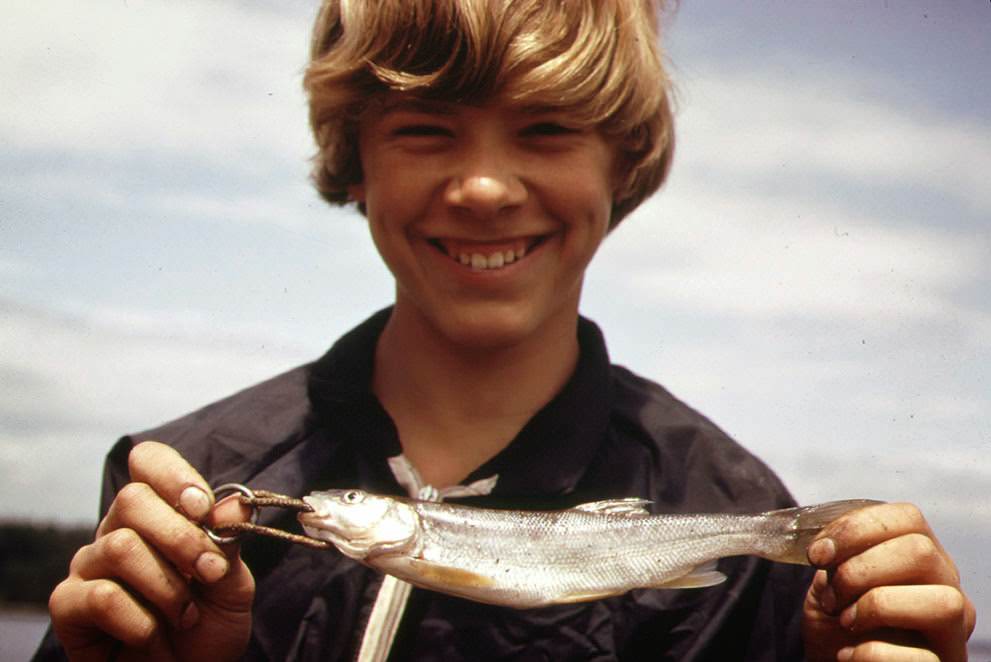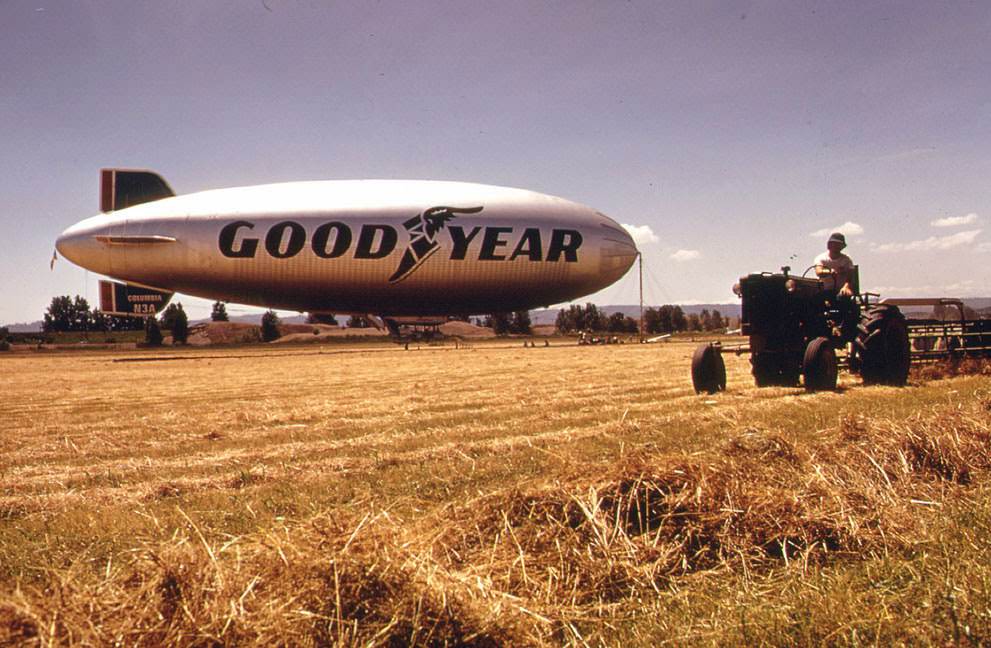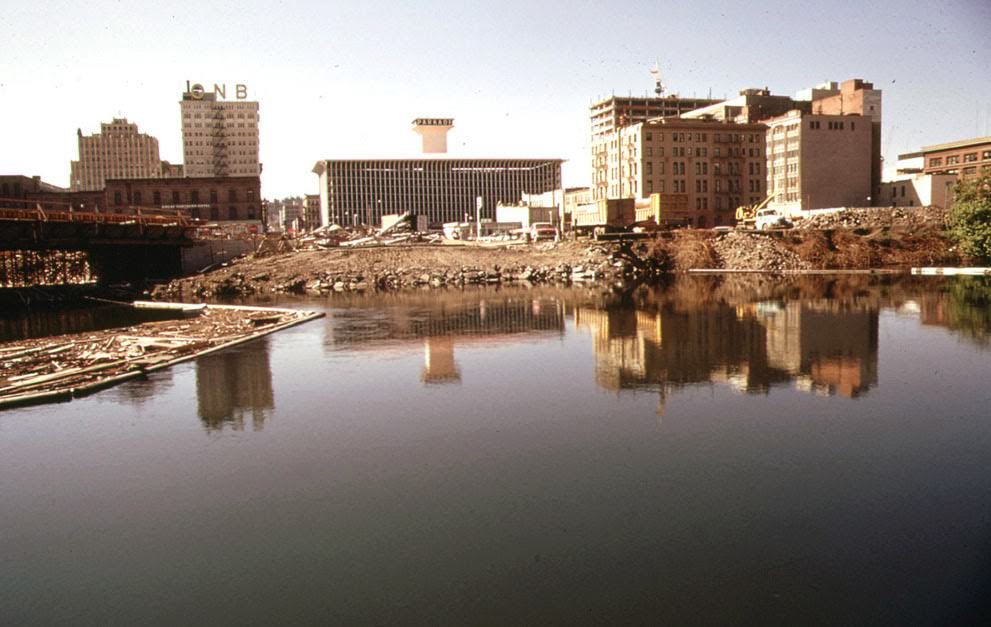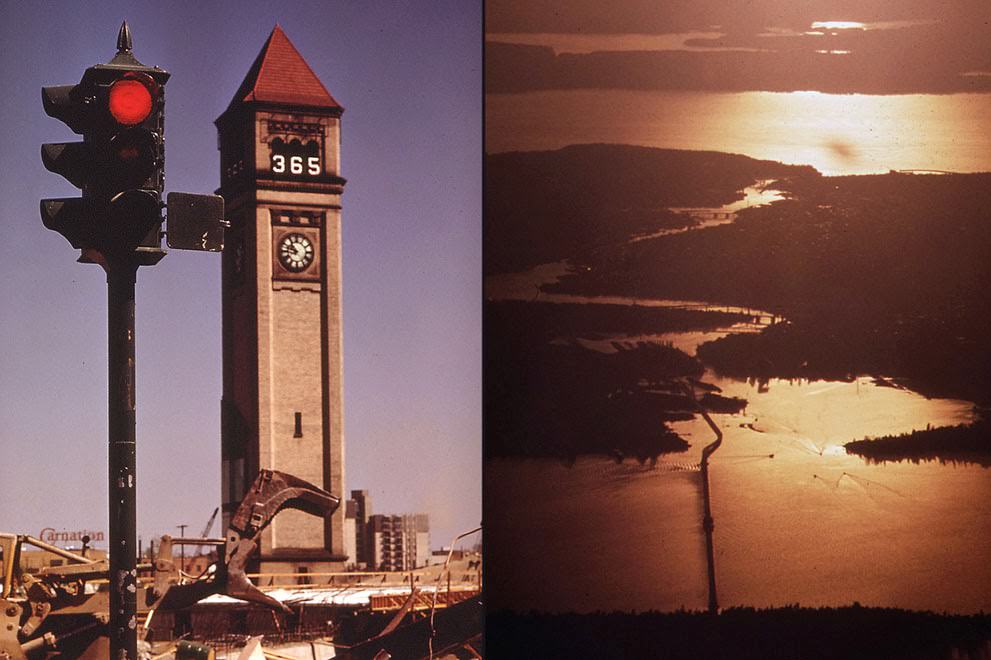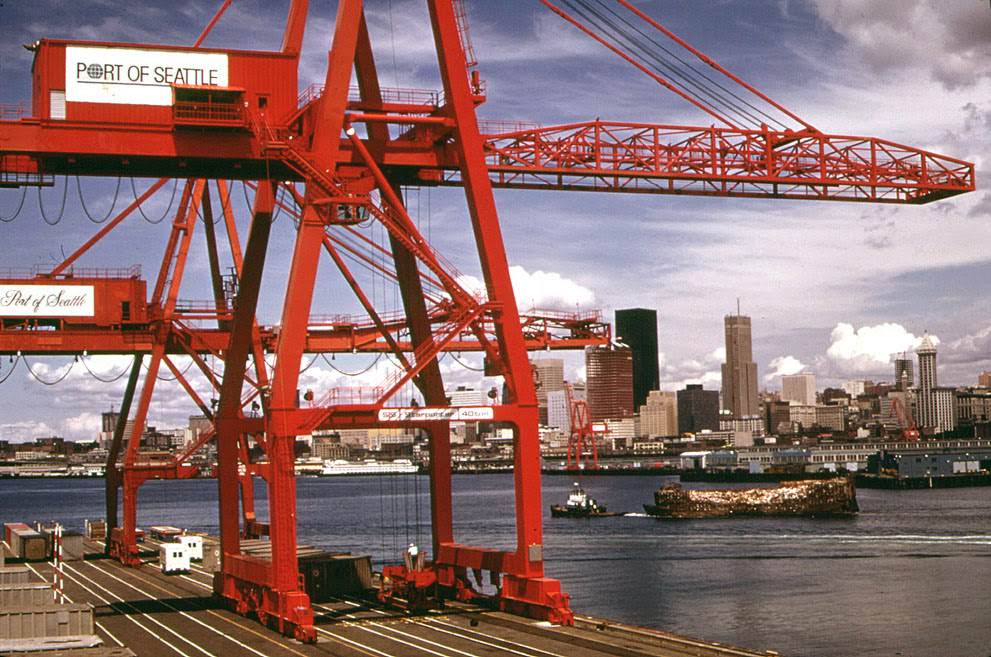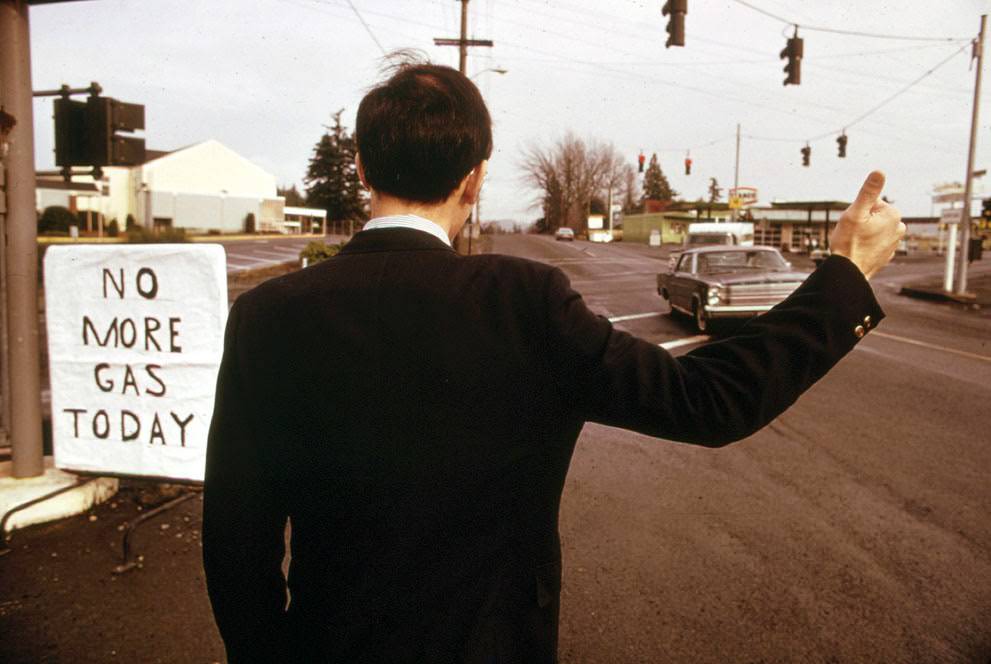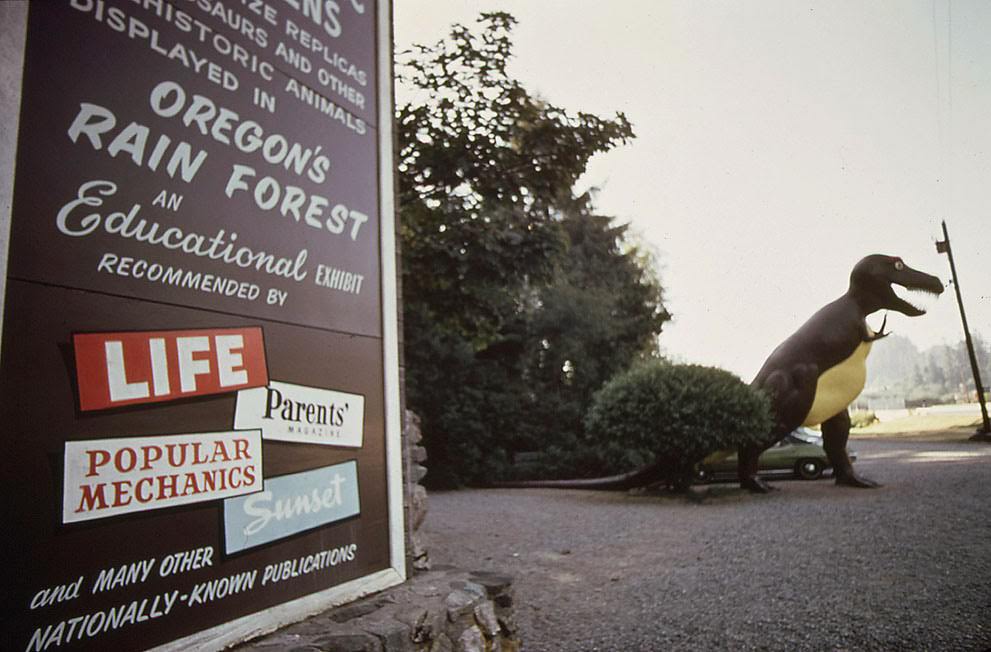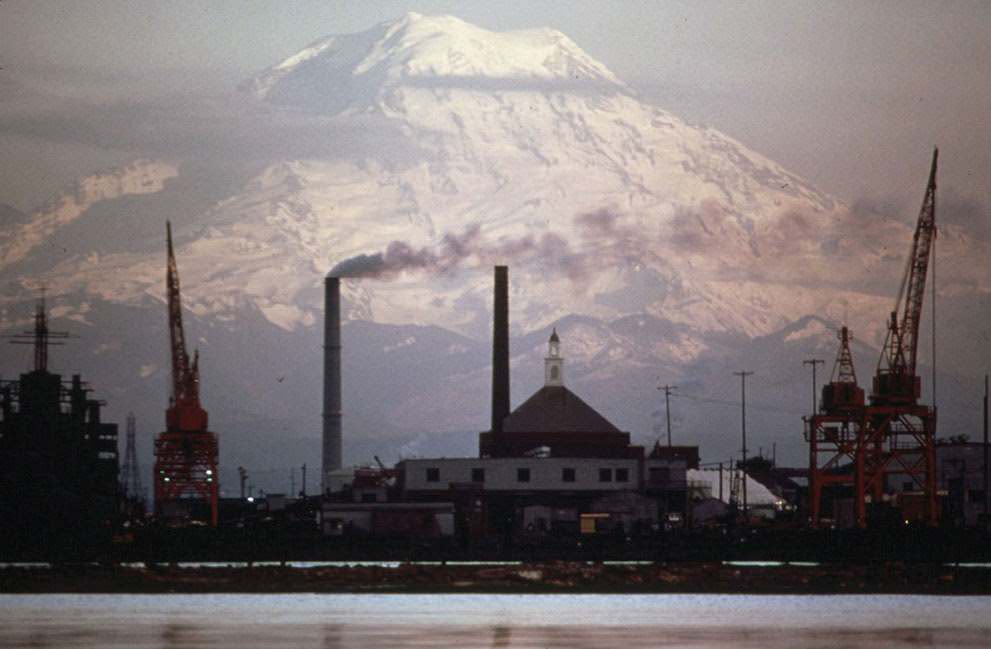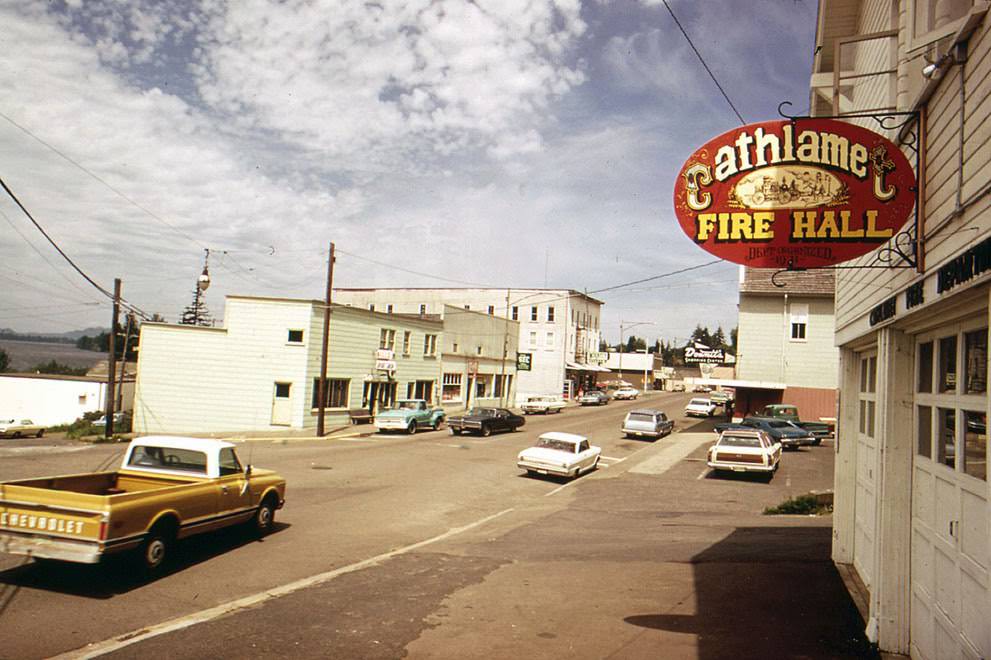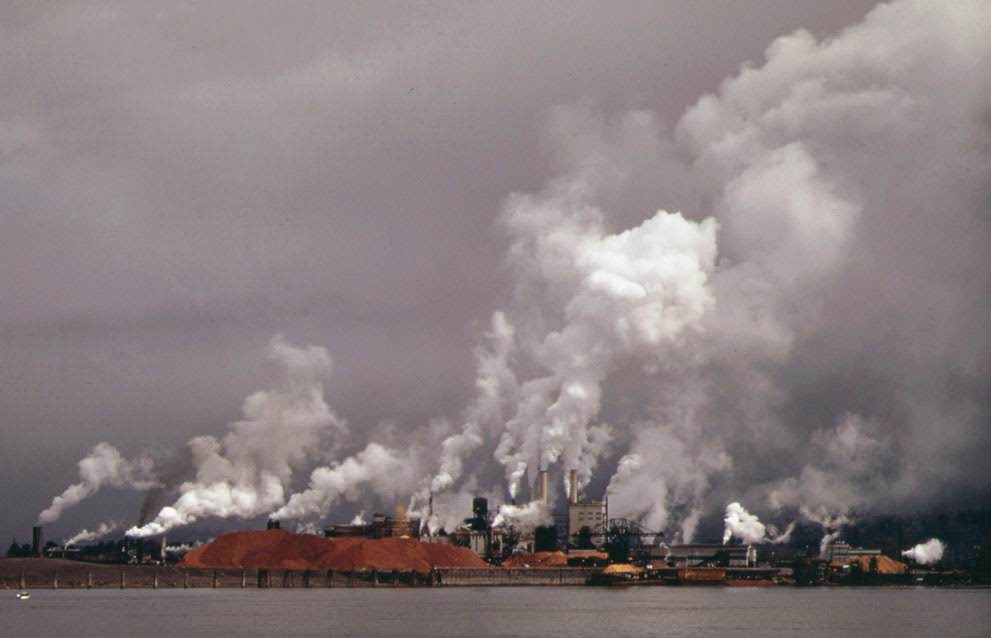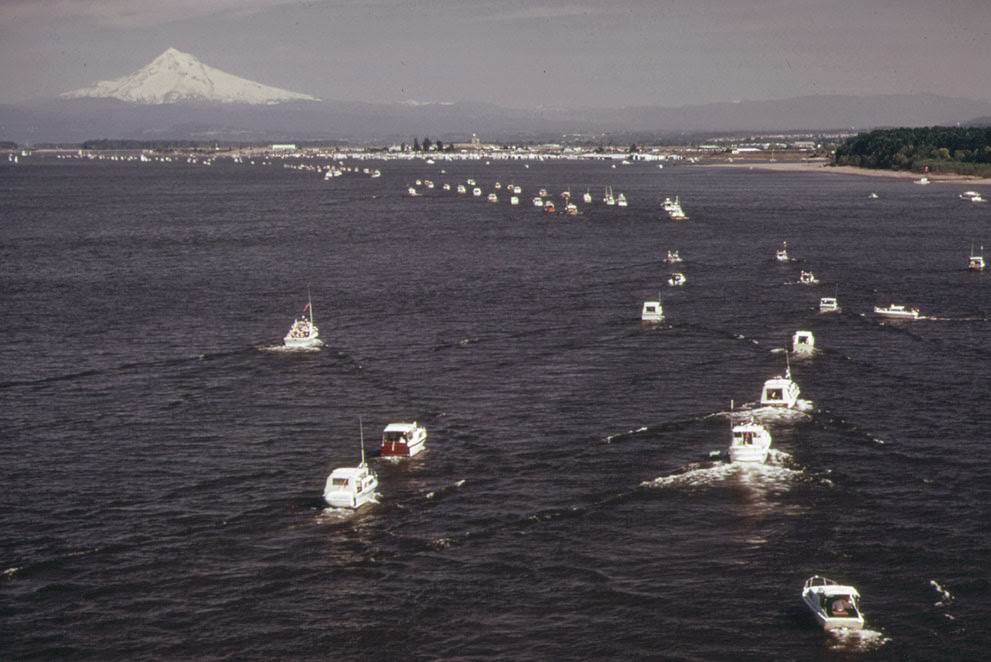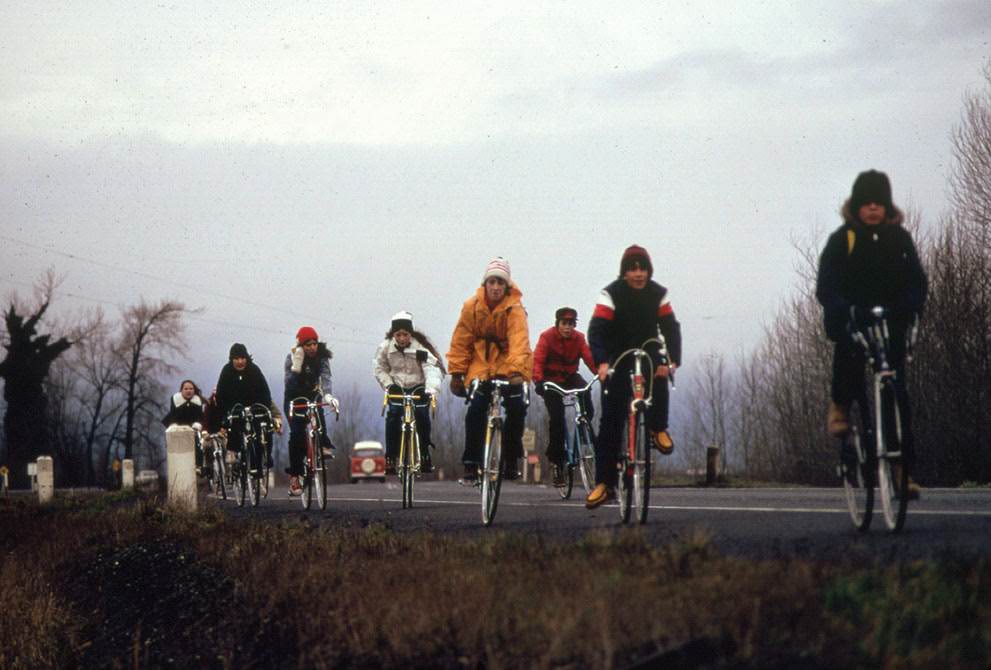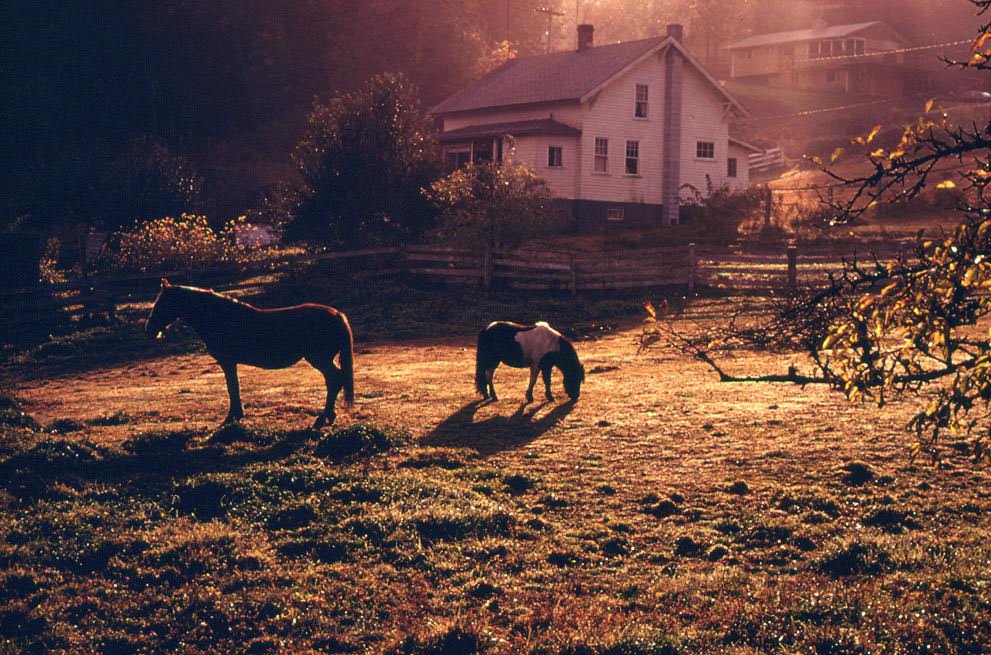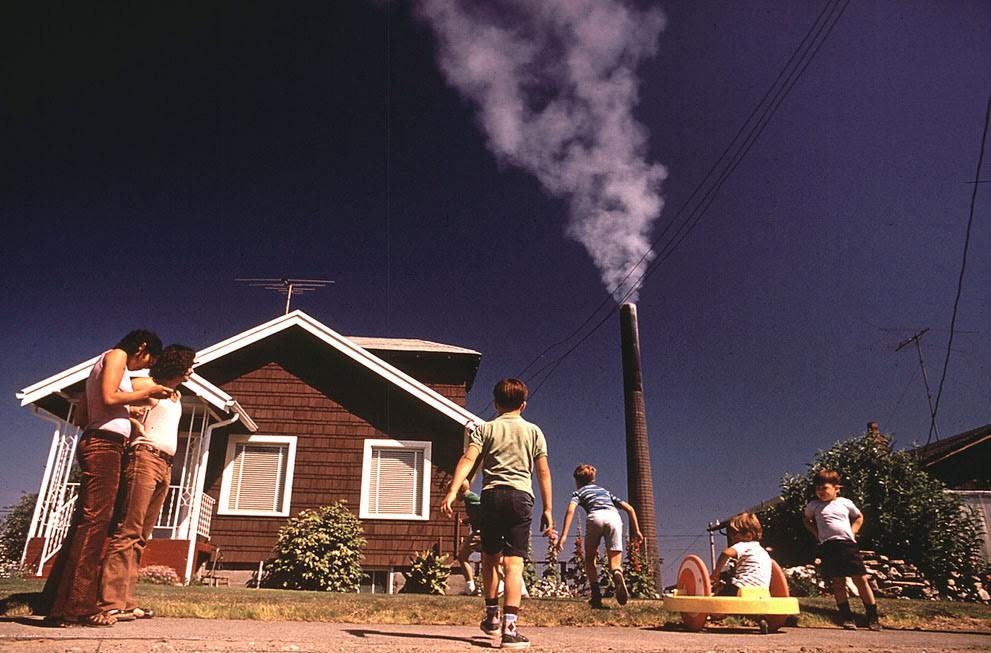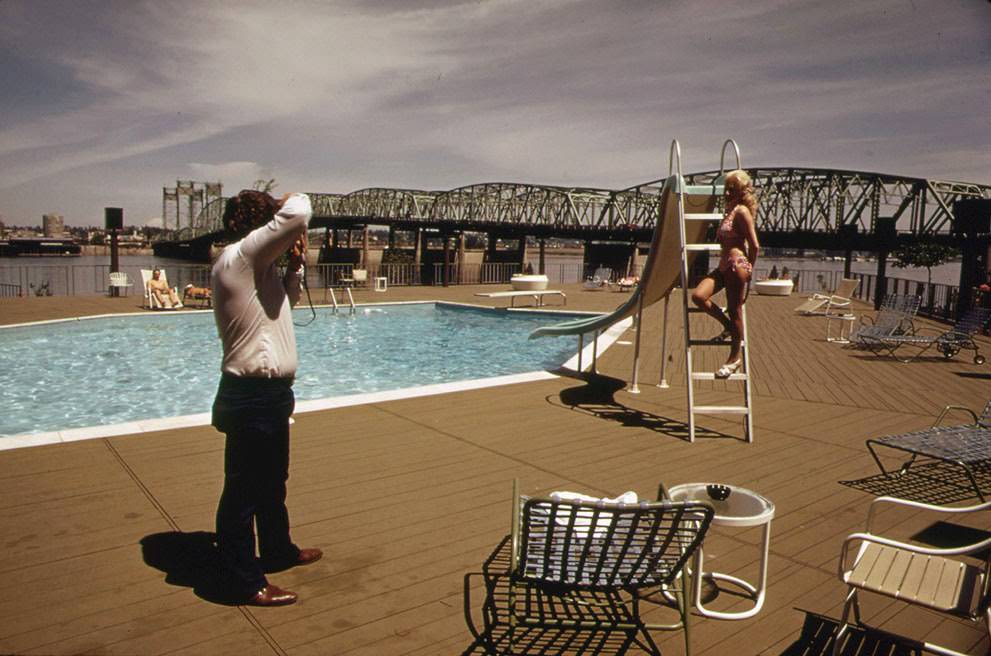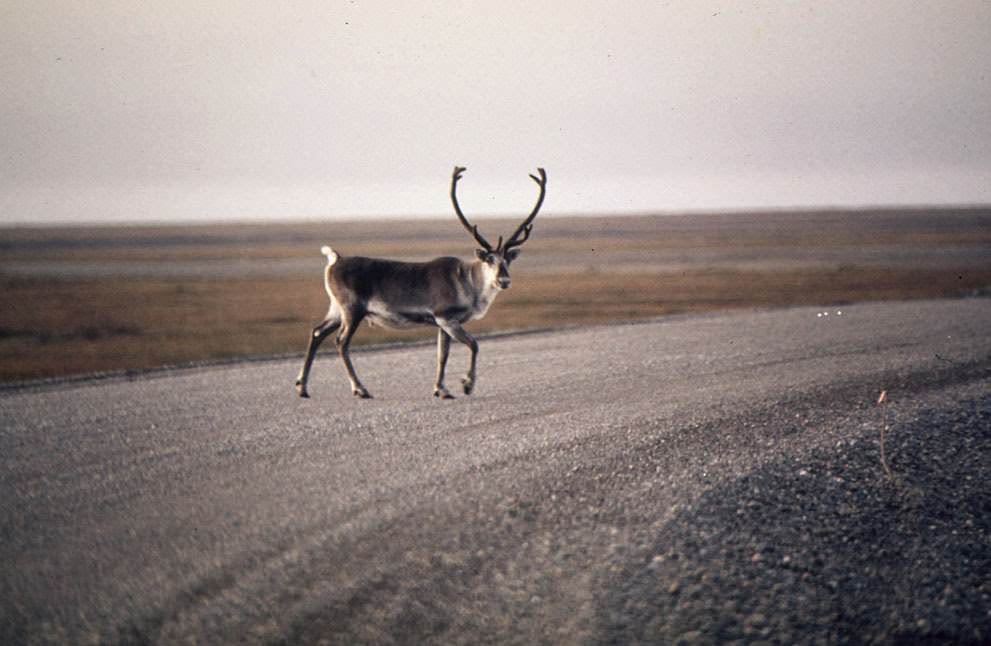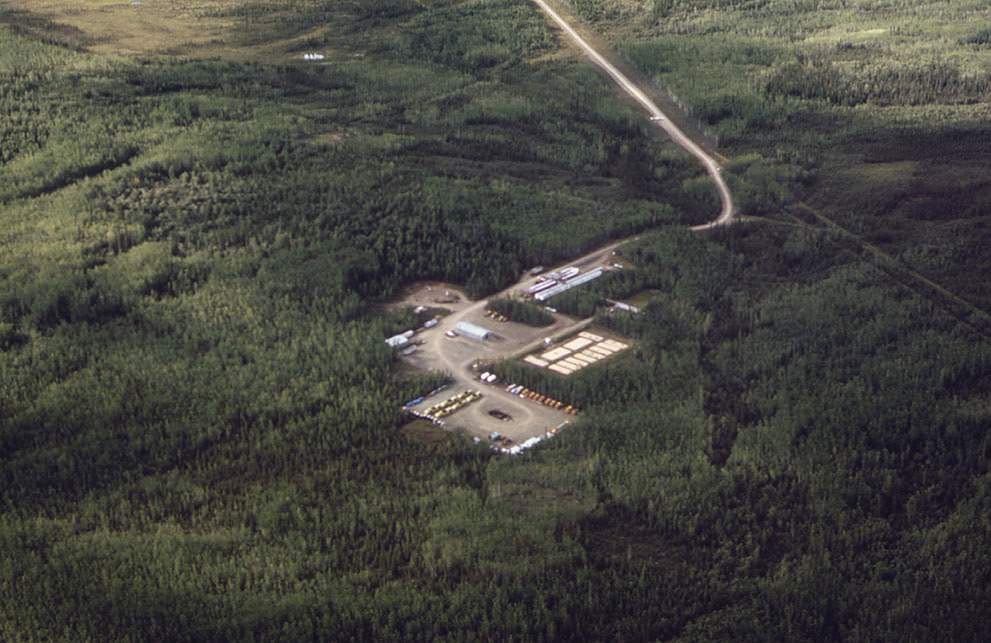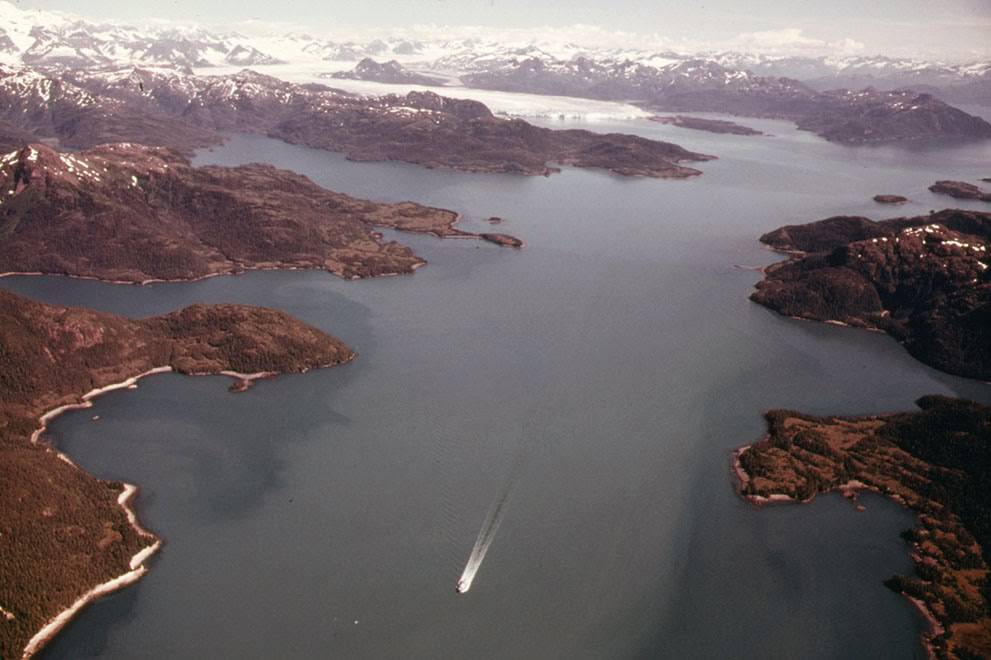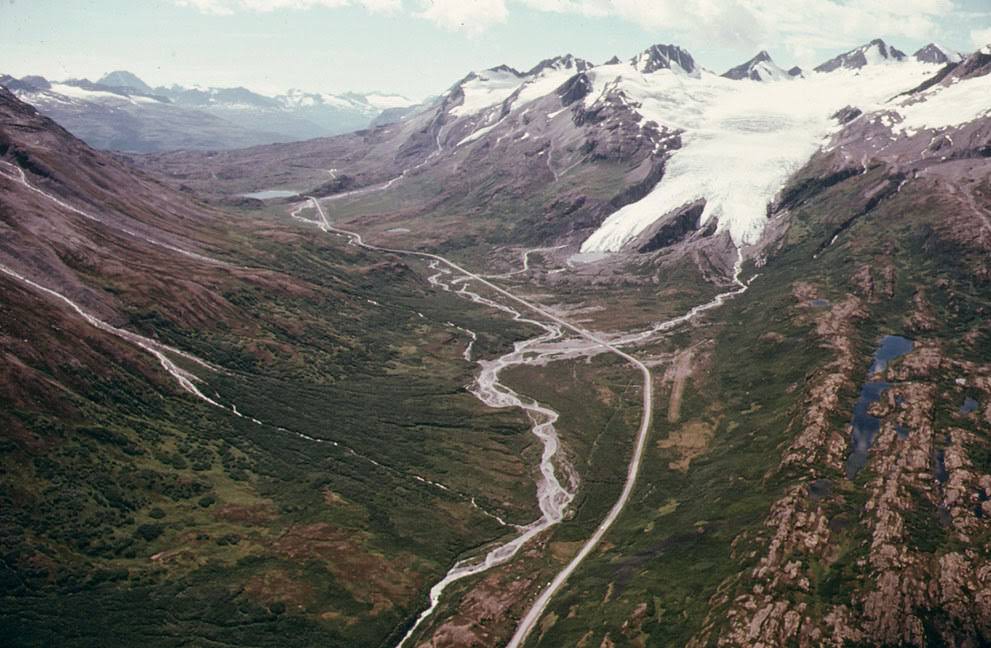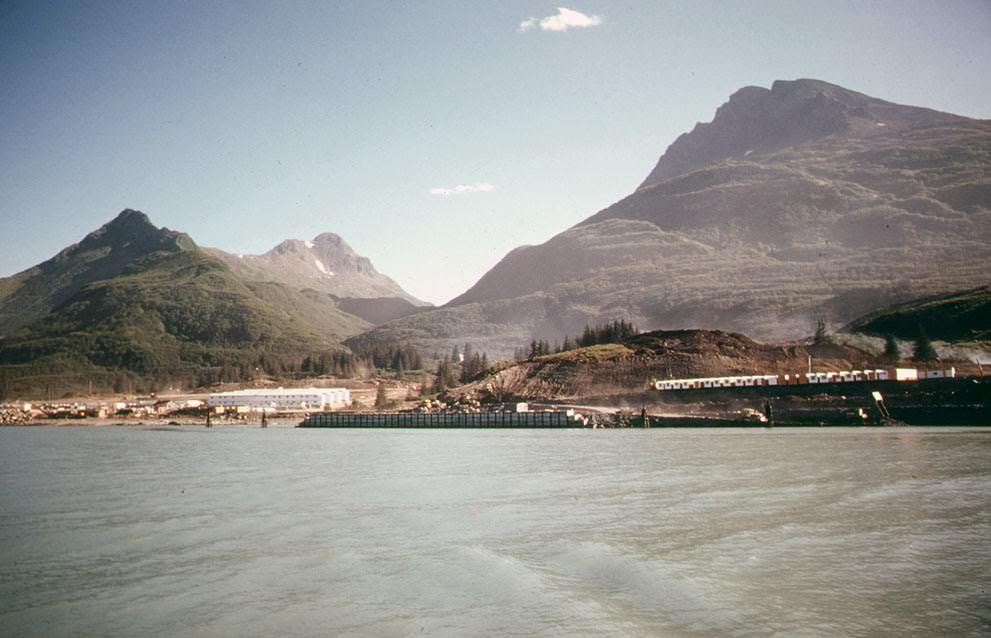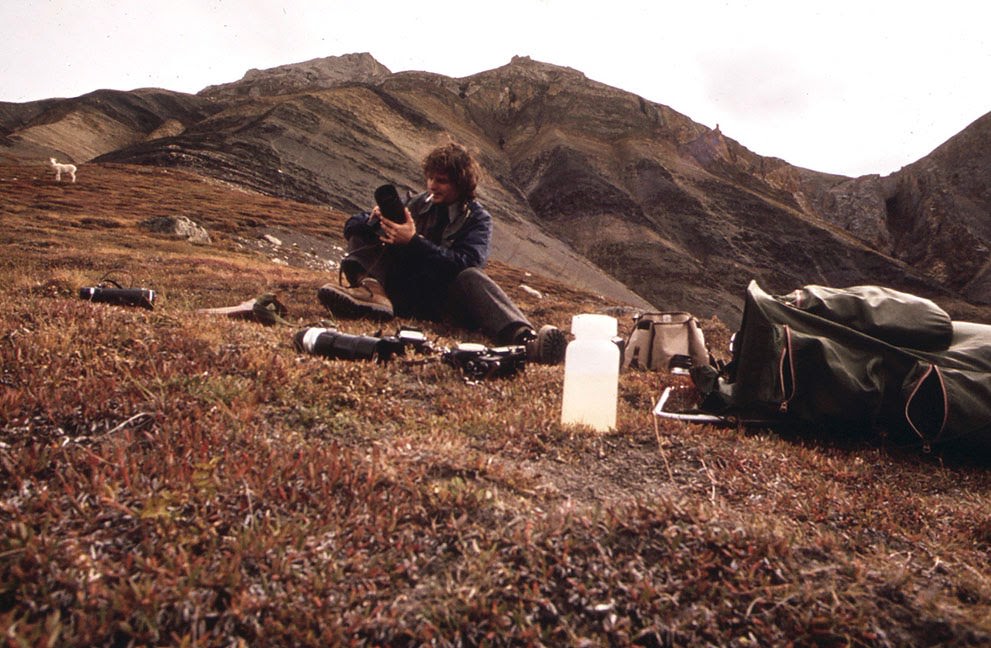In the early 1970s, the U.S. Environmental Protection Agency created a photo project called Documerica. Photographers were sent across the country to document environmental issues and the daily lives of Americans. In the Pacific Northwest states of Oregon, Washington, and Alaska, they captured a region undergoing significant change.
A major event affecting the area was the 1973 energy crisis. The Documerica photographers recorded its direct impact on residents and businesses. Gas stations frequently ran out of fuel, leading to long lines of cars waiting for a chance to fill up. Hand-written signs announcing “No Gas” became a common sight at service stations in cities like Portland and Seattle. The crisis altered daily routines and created a sense of frustration throughout the region.
In Washington, the city of Spokane was preparing for a global event. It was building the site for Expo ’74, a World’s Fair with an environmental theme. Photographers documented the massive construction project. They captured images of industrial areas and railroad yards being cleared to make way for the fairgrounds. These photographs show the urban landscape in the middle of a large-scale transformation, as the city prepared to present itself on the world stage.
Read more
Further north in Alaska, another massive industrial project was about to begin. The Documerica photos were taken just before the start of construction on the Trans-Alaska Oil Pipeline. This project was a response to the energy crisis and was designed to transport oil from the northern coast of Alaska to the southern port of Valdez. The images from this period show the Alaskan landscape and its communities on the cusp of a historic construction effort.
Beyond these major events, the photographers also focused on the everyday life and industries of the Pacific Northwest. In Oregon, they took pictures of the logging industry, showing the work of loggers in the vast forests and the operations of lumber mills. They also documented the lives of people in small towns and the natural beauty of the Oregon coast. In Washington, photos captured the bustle of Seattle’s Pike Place Market and the agricultural landscapes of the eastern part of the state. The collection of images from this time provides a detailed look at the work, communities, and challenges of the Pacific Northwest during a period of transition.


